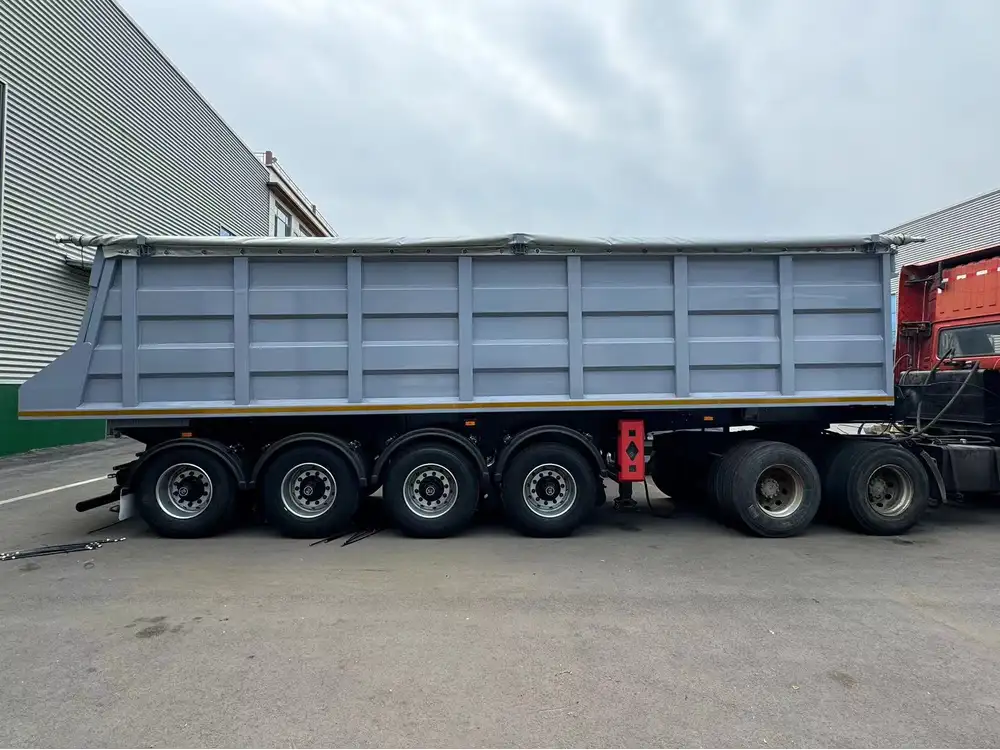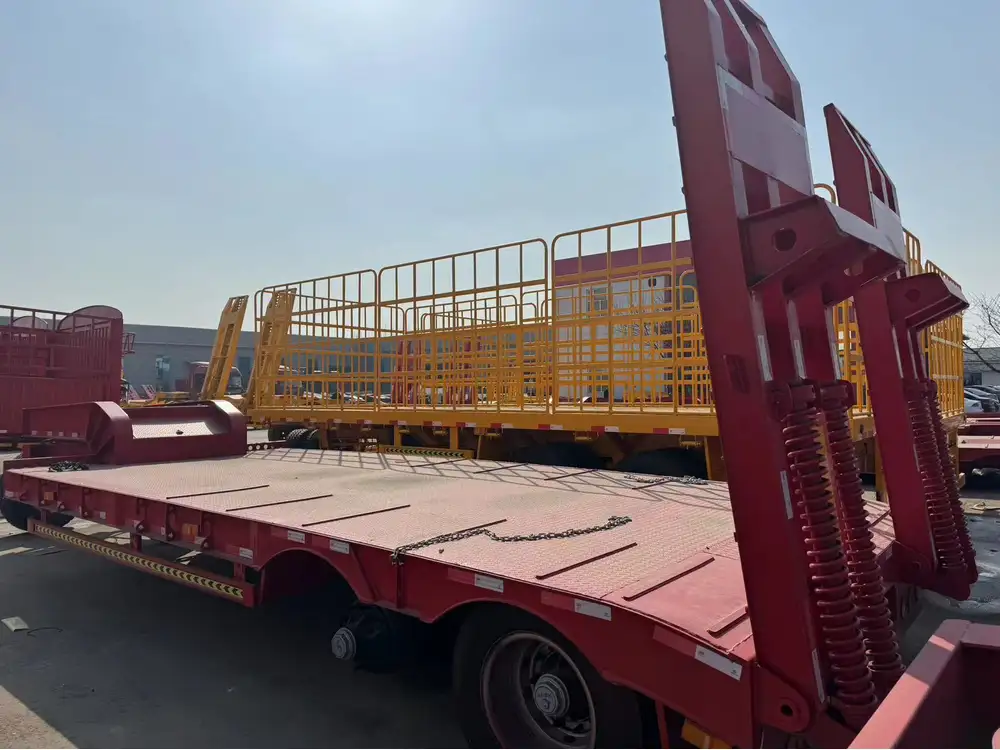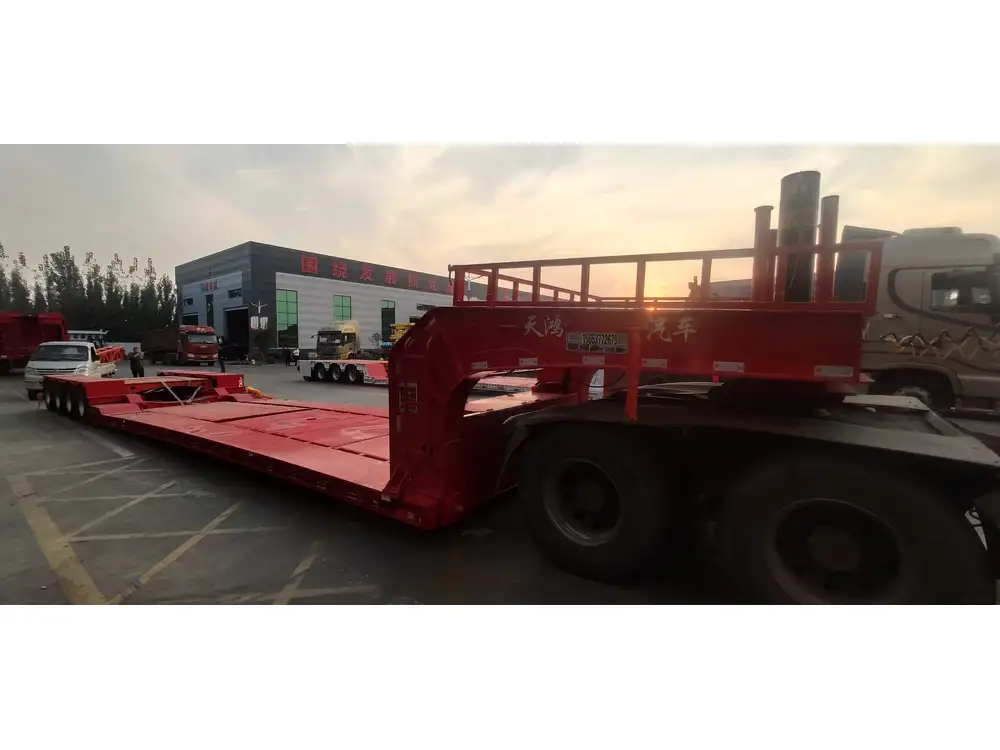Introduction to Semi-Trailer Tires
Semi-trailers play a pivotal role in the logistics and transportation industries, serving as the backbone for transporting goods across vast distances. A critical component of these heavy-duty vehicles lies in their tires, which must endure rigorous conditions, support substantial loads, and maintain performance reliability on the road. In this detailed exploration, we will dissect the various sizes of semi-trailer tires, their specifications, and essential considerations for manufacturers and operators alike.
Key Factors Influencing Semi-Trailer Tire Size
When determining appropriate semi-trailer tire sizes, several factors come into play:
Load Capacity: The tire must support the weight of both the trailer and the cargo it carries. Each tire has a specified load rating, which is crucial for ensuring safety and performance.
Vehicle Type: Different semi-trailers (flatbeds, refrigerated, tankers, etc.) have unique requirements based on operational conditions.
Road Conditions: Tires may need to be adjusted based on whether they are traversing highway systems or off-road environments.
Fuel Efficiency: The physics of tire size also influences fuel consumption patterns, making size selection critical for operational costs.

Tire Sizing System Explained
Tire specifications typically follow a Universal Tire System, which consists of a series of letters and numbers that convey essential information about size, structure, and capacity.
| Tire Specification | Description |
|---|---|
| Width | Measurement across the tread, usually in millimeters (e.g., 255). |
| Aspect Ratio | The height of the sidewall as a percentage of the tire width (e.g., 70 indicates 70% of tread width). |
| Construction Type | Indicates the construction method (e.g., radial or bias). Radial tires offer better performance and durability. |
| Wheel Diameter | The diameter of the rim, given in inches (e.g., 22.5 inches). |
| Load Index | Numerical value indicating load capacity (e.g., 144 signifies a certain load rating). |
| Speed Rating | Indicates the maximum speed for the tire (e.g., L for 75 mph). |
Common Sizes for Semi-Trailer Tires
The configuration of a semi-trailer tire is paramount not just for function but also for regulatory compliance. Below are some standard sizes frequently used in the semi-trailer industry:
| Size | Common Applications | Load Rating (at 110 psi) |
|---|---|---|
| 11R22.5 | Standard for general freight | G (4,540 lbs), H (4,700 lbs) |
| 275/80R22.5 | Commonly used in heavy-duty applications | G (4,750 lbs), H (5,000 lbs) |
| 295/75R22.5 | Suitable for regional hauling | G (4,750 lbs), H (5,000 lbs) |
| 245/70R19.5 | Ideal for medium-capacity trucks | F (3,600 lbs), G (4,080 lbs) |
| 7.50-16 | Older truck models and lighter loads | C (1,760 lbs), D (2,030 lbs) |
Tire Ratings: Understanding Load Capacities
Each semi-trailer tire comes with a load index rating, crucial for determining the maximum load a tire can carry when properly inflated. This numeric system uses a specific chart to convert numbers to weight:
| Load Index | Maximum Load (lbs) |
|---|---|
| 126 | 3,970 |
| 127 | 4,120 |
| 128 | 4,270 |
| 129 | 4,430 |
| 130 | 4,600 |
| 144 | 5,300 |
Adhering to these ratings is critical for safety on highways and roads, ensuring that tires are not overloaded, which can lead to catastrophic failures.

The Importance of Tire Pressure Maintenance
Tire pressure significantly influences a tire’s load capacity and overall performance. A common guideline is as follows:
- Under 110 psi: Tires may not perform optimally and can heat up rapidly, increasing the risk of blowouts.
- Over 110 psi: Excess pressure can lead to harsh riding conditions and may also result in uneven tire wear.
Regular tire pressure checks, ideally before long hauls, can make the difference between a smooth ride and a dangerous journey.
Types of Semi-Trailer Tires
Understanding the distinctions between various types of semi-trailer tires is essential, as each type serves specific conditions and needs.
1. Steer Tires
- Use: Designed for the front axle, steer tires are engineered for handling and responsive steering.
- Features: Often feature a deeper tread for better traction and handling.

2. Drive Tires
- Use: Found on the drive axles, they must endure greater amounts of torque and wear.
- Features: Robust tread designs maximize grip and wear resistance, often featuring reinforced sidewalls.
3. Trailer Tires
- Use: Specifically designed for the rear axles of trailers, these tires are built for endurance.
- Features: Generally, lighter tread patterns optimize fuel efficiency without compromising load support.
4. Wide-Base Tires
- Use: Gaining popularity, these are used in tandem axle configurations.
- Features: Provide improved stability and reduced weight, essential for enhancing fuel efficiency while carrying loads.

Choosing the Right Semi-Trailer Tires: Key Considerations
Selecting the appropriate semi-trailer tire is a multifaceted decision that incorporates various critical considerations:
– Operational Requirements
Consider the specific needs based on the types of loads typically transported, the kind of terrain operated on (highway vs. off-road), and any seasonal weather considerations.
– Regulations
Each region may have specific regulations regarding tire load capacities, sizes, and types. Compliance is vital to ensure safety and avoid legal repercussions.

– Tire Lifecycle Costs
Evaluate the total cost of ownership, including tire purchase price, maintenance, and expected lifespan. Opting for higher-end tires may involve larger upfront investments but can lead to savings through durability and efficiency.
– Brand Performance
Consider well-rated brands known for reliability and performance within the trucking industry. Tire reviews and comparisons play a significant role in deciding which tire fits best for a specific application.
Best Practices for Semi-Trailer Tire Maintenance
Adopting maintenance best practices is essential for maximizing both the life and performance of semi-trailer tires:

1. Regular Inspections
Conduct thorough inspections weekly or bi-weekly to look for signs of wear, damage, or abnormal bulges.
2. Rotate Tires
Alternating tire positions can help alleviate uneven wear patterns. This is particularly vital for dual axle arrangements.
3. Balance Tires
Tire balancing minimizes vibrations and ensures even pressure distribution, reflecting positively on handling and comfort.

4. Alignment Checks
Ensuring the trailer is aligned correctly will prevent uneven tire wear and prolong the life of the tires.
5. Storage
During off-seasons or long durations of inactivity, proper tire storage practices can prevent deformation and material degradation.
Innovations in Semi-Trailer Tire Technology
Innovations continue to reshape the landscape of semi-trailer tires. Some notable advancements include:

Smart Tires
Embedded sensors that monitor tire pressure, temperature, and tread depth in real-time can alert operators to potential issues before they become severe.
Sustainable Materials
The manufacturing process has seen a shift toward integrating sustainable materials, reducing environmental impact while maintaining performance levels.
Enhanced Fuel Economy Designs
Tire manufacturers are focusing on reducing rolling resistance through shape and tread modifications, allowing fleets to realize substantial fuel savings.

Conclusion: Making Informed Decisions on Semi-Trailer Tires
Understanding the complexities surrounding semi-trailer tire sizes and specifications is paramount for both manufacturers and operators. By investigating tire types, load ratings, and vital maintenance practices, stakeholders can make informed decisions that not only comply with regulations but also enhance safety and efficiency. Given the critical role tires play in logistics, selecting the right size and type of tire is integral to ensuring smooth operations on the road. Maximizing tire performance through diligence in maintenance practices promises to deliver optimal results for any transportation enterprise.



